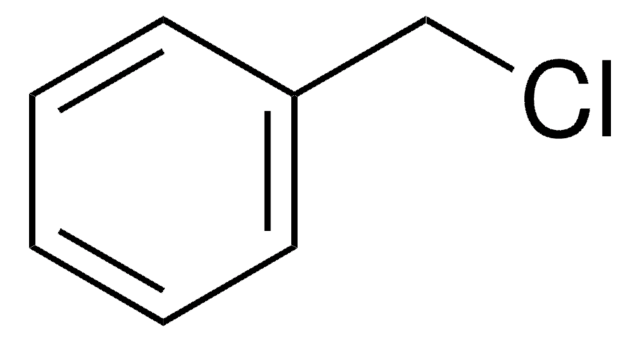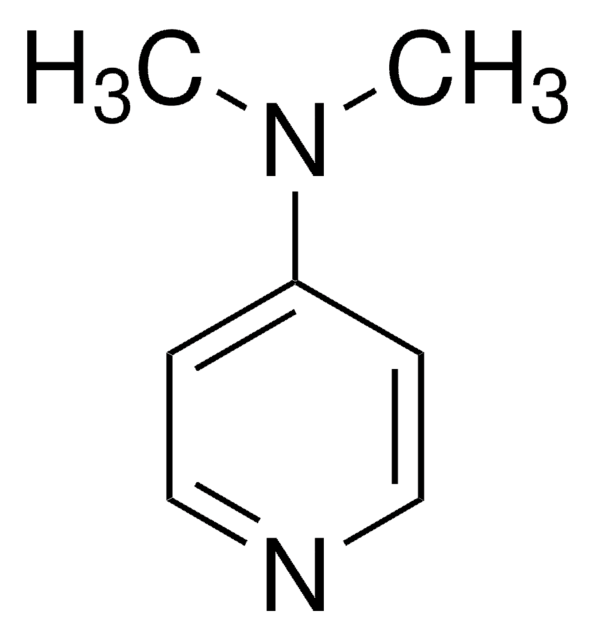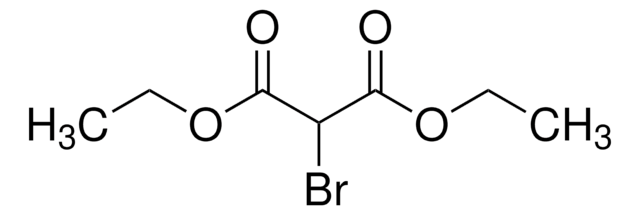159328
1,4-Dichloro-2-butene (cis+trans)
technical grade, 90%
Sign Into View Organizational & Contract Pricing
All Photos(1)
About This Item
Linear Formula:
ClCH2CH=CHCH2Cl
CAS Number:
Molecular Weight:
125.00
Beilstein:
1361446
MDL number:
UNSPSC Code:
12352101
PubChem Substance ID:
Recommended Products
grade
technical grade
Assay
90%
functional group
chloro
storage temp.
2-8°C
SMILES string
C\C(Cl)=C/CCl
InChI
1S/C4H6Cl2/c1-4(6)2-3-5/h2H,3H2,1H3/b4-2+
InChI key
WLIADPFXSACYLS-DUXPYHPUSA-N
Looking for similar products? Visit Product Comparison Guide
Signal Word
Danger
Hazard Statements
Hazard Classifications
Acute Tox. 2 Inhalation - Acute Tox. 3 Dermal - Acute Tox. 3 Oral - Aquatic Acute 1 - Aquatic Chronic 1 - Carc. 1B - Eye Dam. 1 - Flam. Liq. 3 - Skin Corr. 1B
Storage Class Code
3 - Flammable liquids
WGK
WGK 3
Flash Point(F)
127.4 °F - closed cup
Flash Point(C)
53 °C - closed cup
Regulatory Information
新产品
Choose from one of the most recent versions:
Already Own This Product?
Find documentation for the products that you have recently purchased in the Document Library.
trans-1,4-dichlorobutene.
IARC monographs on the evaluation of carcinogenic risks to humans, 71 Pt 3, 1389-1391 (1999-09-07)
N A Hamill et al.
Environmental science & technology, 35(13), 2823-2827 (2001-07-17)
Gas-phase photocatalysis of 1,4-dichlorobut-2-enes and 3,4-dichlorobut-1-ene (DCB) has been studied using TiO2 and 3% WO3/TiO2 supported on SiO2. DCB was found to oxidize efficiently over these catalysts; however, only low rates of CO2 formation were observed. With these chlorinated hydrocarbons
R J Gardner et al.
Food and chemical toxicology : an international journal published for the British Industrial Biological Research Association, 23(1), 87-92 (1985-01-01)
Several important chemicals, including formaldehyde, 1,4-dichloro-2-butene, bis-chloromethyl ether, hexamethylphosphoramide, and epichlorohydrin have been shown to produce nasal tumours in rats following repeated or continuous inhalation exposures. Some of these compounds are respiratory irritants. To determine whether there is a correlation
Teratogenic evaluation of 1,4-dichlorobutene-2 in the rat following inhalation exposure.
G L Kennedy et al.
Toxicology and applied pharmacology, 64(1), 125-130 (1982-06-15)
Initial study in rats evaluating the effects of 1,4-dichlorobutene-2 (DCB) on the respiratory tract.
L S Mullin et al.
Drug and chemical toxicology, 25(2), 227-230 (2002-05-25)
Rats were exposed by inhalation to either 0.5 ppm 1,4-dichlorobutene-2 (DCB) for two years or to 5.0 ppm for seven months, 2.5 ppm for five months, and no further exposure for 12 months prior to sacrifice. Malignant and non-malignant tumors
Our team of scientists has experience in all areas of research including Life Science, Material Science, Chemical Synthesis, Chromatography, Analytical and many others.
Contact Technical Service


![1,8-Diazabicyclo[5.4.0]undec-7-ene 98%](/deepweb/assets/sigmaaldrich/product/structures/120/564/5b373e23-1624-489c-8efb-692de0f96ffb/640/5b373e23-1624-489c-8efb-692de0f96ffb.png)









